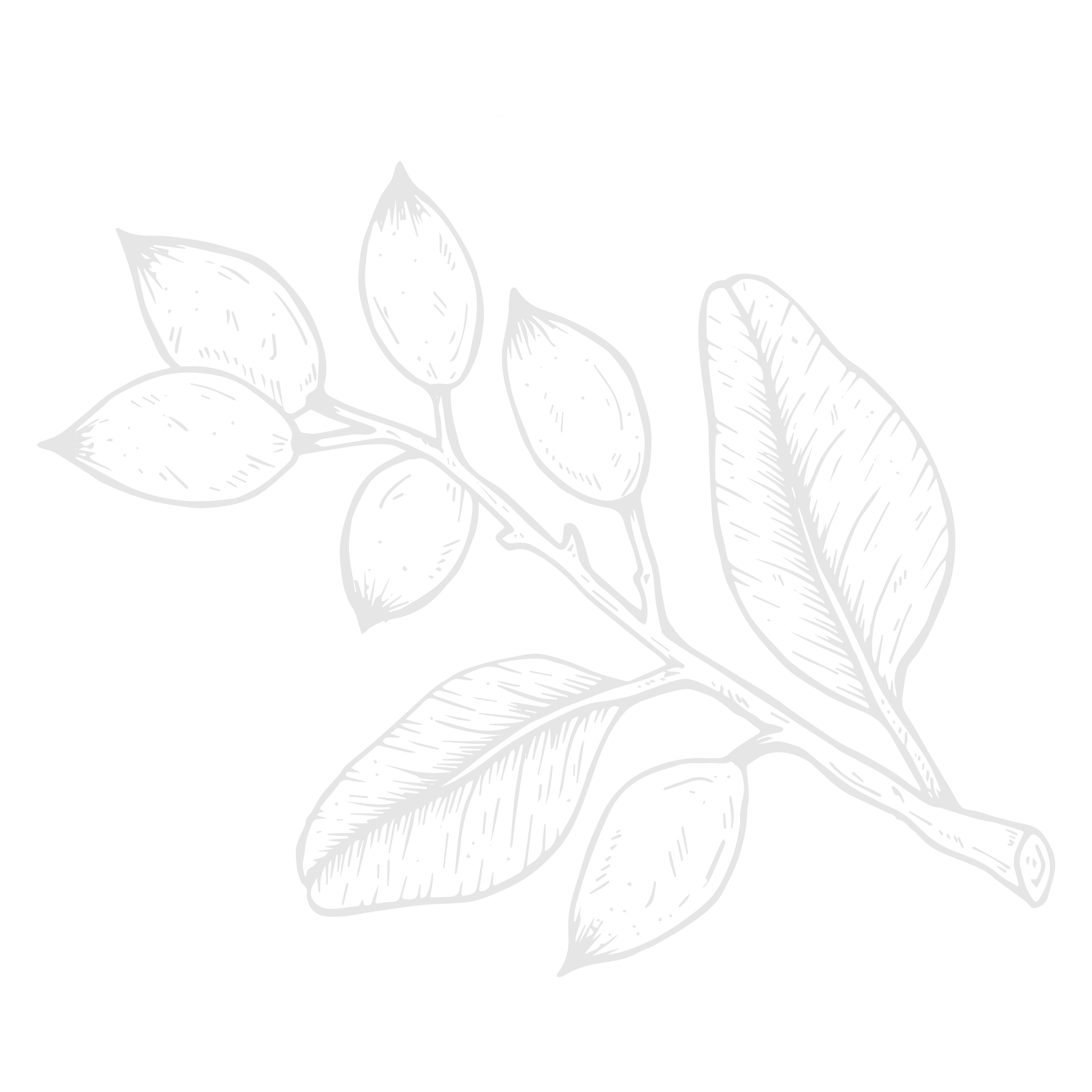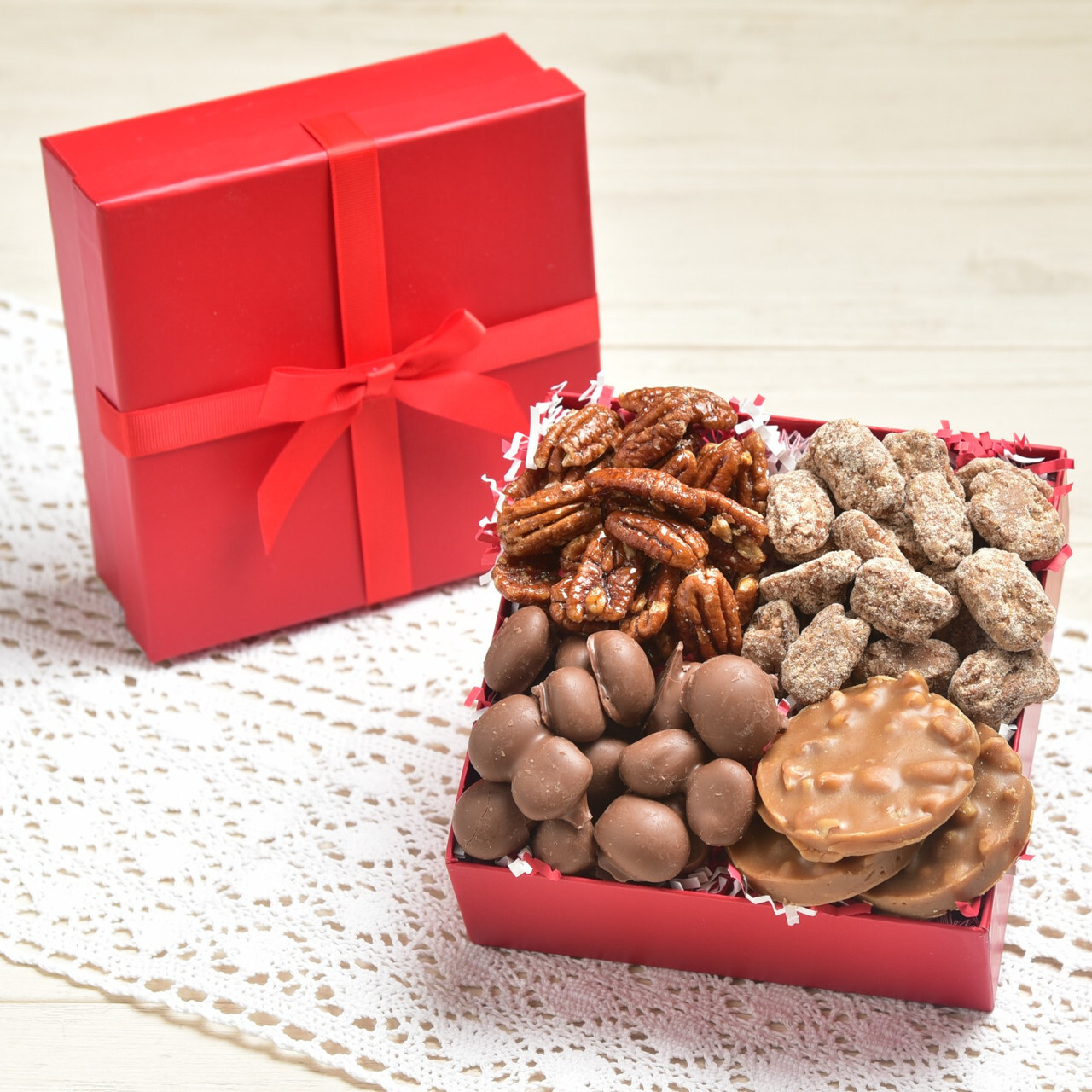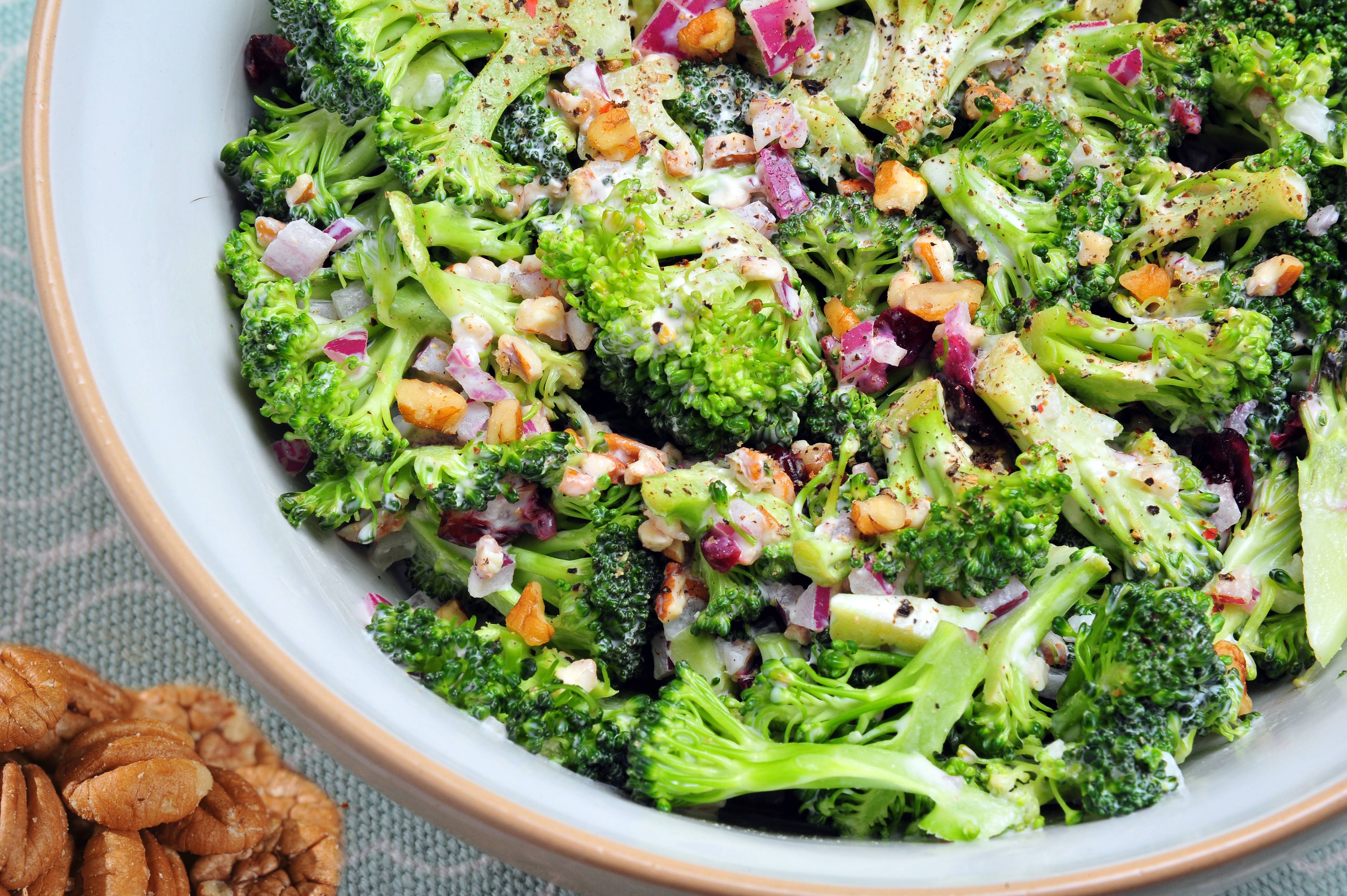Pecan Trees
Pecan Trees 101: From the Tree to the Table

Pecan Trees: Facts and History
Pecan trees, native to the Southern US, are rooted (pun intended!) in a rich history. They are a type of hickory tree, and there are hundreds of different types that produce different pecans.
Native Americans were the first to have pecans, making them an original North American heritage nut. The name “Pecan” actually comes from the Algonquin word “Pacane” meaning nuts requiring a stone to crack.
Many years later, after the Civil War, small pecan farms started popping up as Georgia pecan trees were marketed to grow and sell the sweet, buttery nut.
America remains the largest producer of pecans in the world. From its humble beginnings, the pecan industry has experienced significant growth. Today, pecans are one of Georgia’s top cash crops. Georgia has been the nation’s number one pecan-producing state since the late 1800s. Albany, Georgia (which is home to Sunnyland Farms) boasts more than 600,000 pecan trees and is the self-proclaimed pecan capital of America.
Pecan Tree Harvesting: Technology and Equipment
A healthy pecan tree, in a good year, can produce 200-250 pounds of pecans. Health and maintenance are essential to a good crop production. But they are slow growing trees. Starting from seedlings, they take an average of 10-15 years before they can produce pecans. For pecan trees to thrive, they require the right soil, climate, and a long growing season.
At small farms, or in backyards, people wait and pick up the pecans the old-fashioned way. For professional farms, the process is quite different. While techniques and equipment used to be primitive, technology has been developed for harvest, shelling, and cleaning.
Take hedging, for example. You can check out this video of how we trim limbs of older, large trees that are hogging the sunlight from other younger trees.
Hedging of Pecan Trees at Sunnyland Farms
From the Groves
- Crop is starting to form, as visible by the nuts beginning to grow on the tree and filling out, ideally preparing for harvesting in October.
- Irrigation is starting to happen in this grove, particularly when it’s not raining enough. There are micro jets irrigating the roots of the trees providing water.
- Pruning is also taking place; especially on the young trees, we want them to grow UP so they become easier to shake and don’t have a lot of low-hanging limbs, and later as well to grow more uniform.

A Little Shake Goes A Long Way
One example of how harvesting has evolved, is through a machine called a “shaker.”
Pecan tree shakers literally shake the pecans right out of the tree. Specialized padded arms “hug” each tree (they can grab a whole tree or just a limb). In just a few seconds, shakers can do in an hour what 25-30 people used to be able to do in a day. Sweepers sweep the nuts away so they don’t get crushed by the wheels as they drive around.
The shakers come out and shake the pecans out of the trees. Then, a harvester comes through and picks up the nuts, taking them right to the cleaning plant for gathering, sorting, cleaning and processing.
What Do Pecan Trees Look Like During the Year?
In the early spring pecan trees become green and only get greener as the weather gets warmer, all the way to the dog days of South Georgia summer. Pecans are fully developed by late Fall, just in time for cooler weather.ypically our pecan tree leaves turn brown and fall off, occasionally we have a fall where the leaves turn the pretty yellow-gold. As you can see from the images below, leaves changing in South Georgia can be downright beautiful!



Pecan Trees in the Early Spring
Pecan Trees in the Summer
Pecan Trees in the Fall

The Future of Pecan Trees in Georgia
There is not a single Georgia pecan tree grove that didn’t get impacted by Hurricane Michael. Some farms got hit harder, with thousands of downed trees and ruined crop.
While recent times have been tough, the future is bright. Many Americans still do not eat as many pecans compared to other nuts, and here at Sunnyland, we are trying to change that! Check out our delicious, fresh selection of pecans today, and see for yourself the incredible difference “tree to table” makes.

















